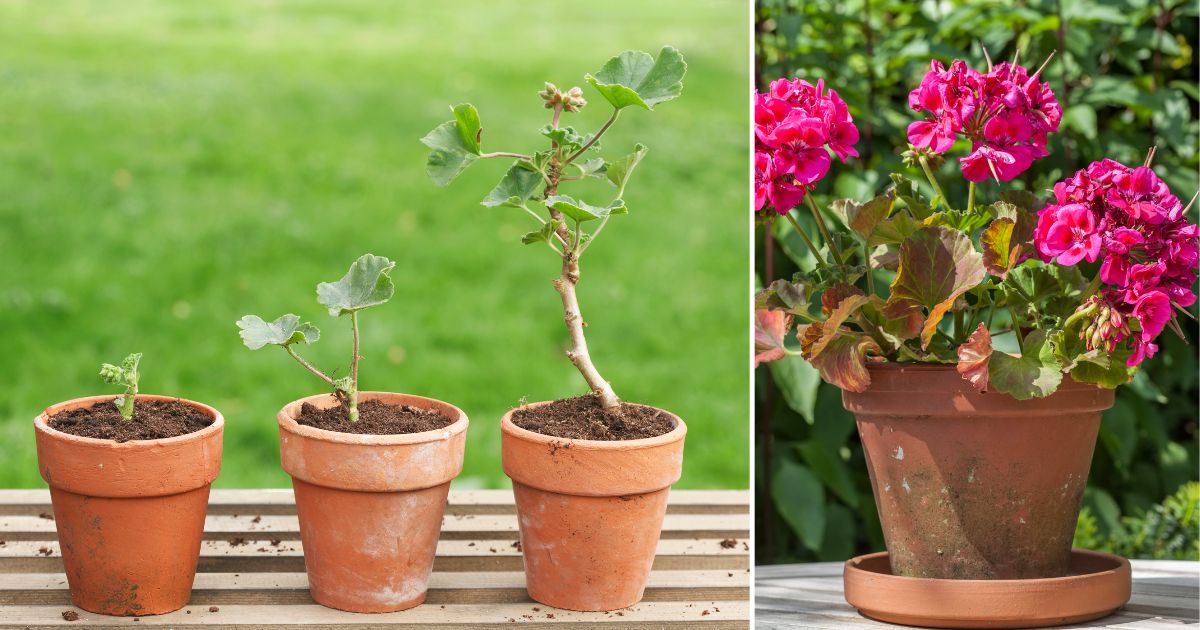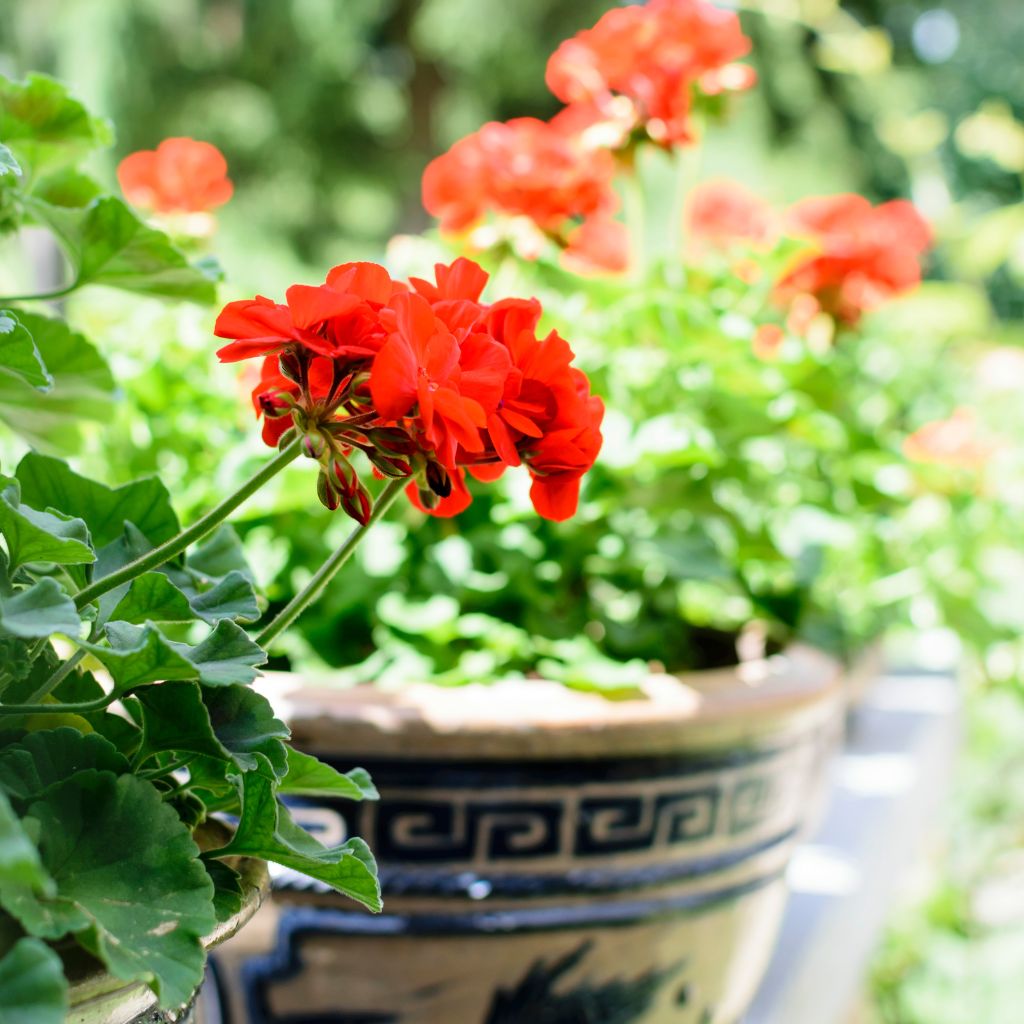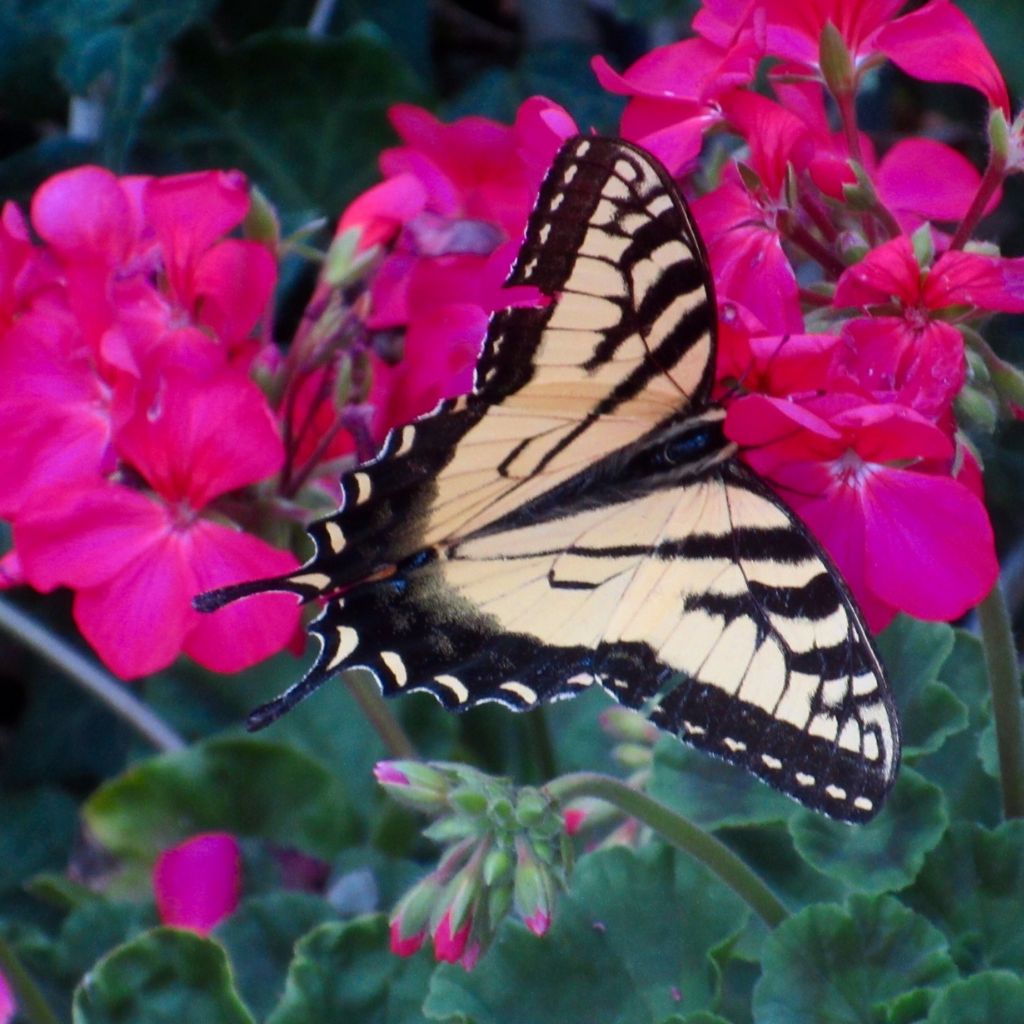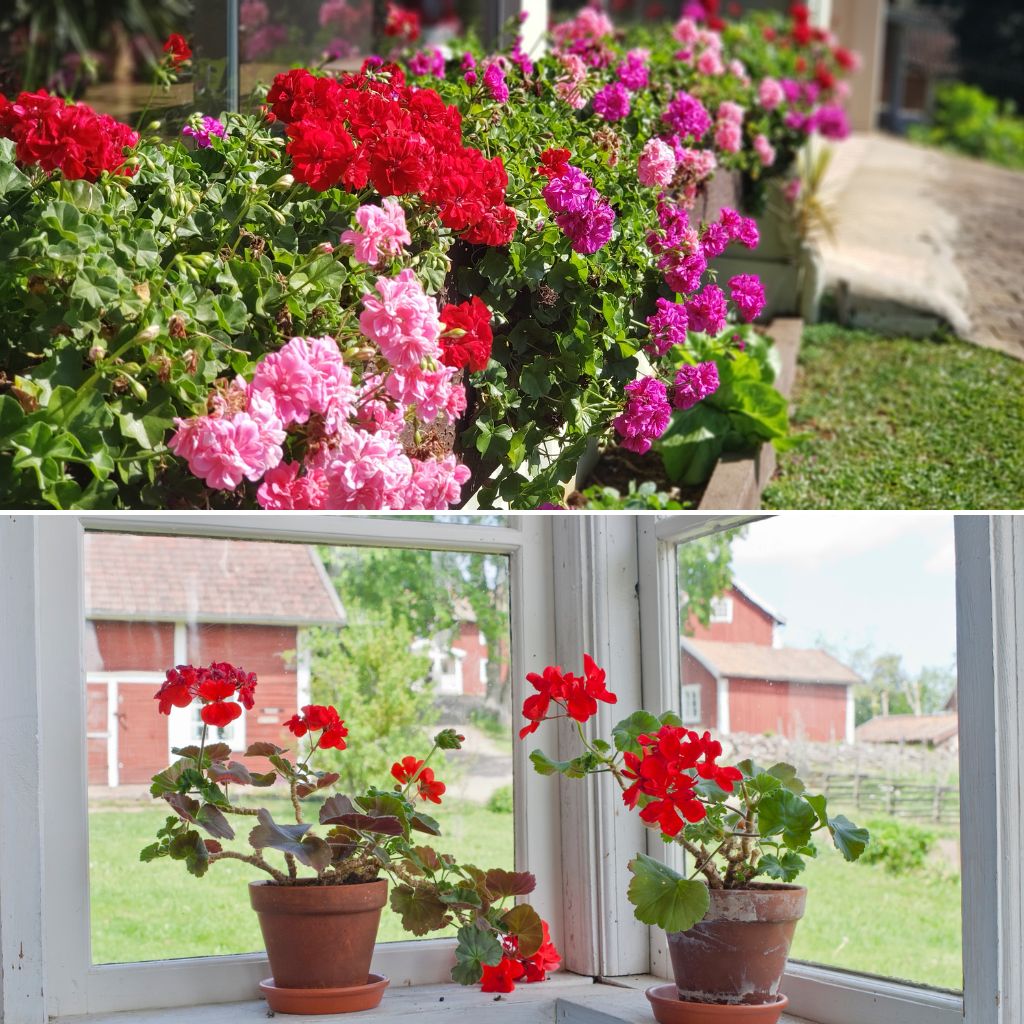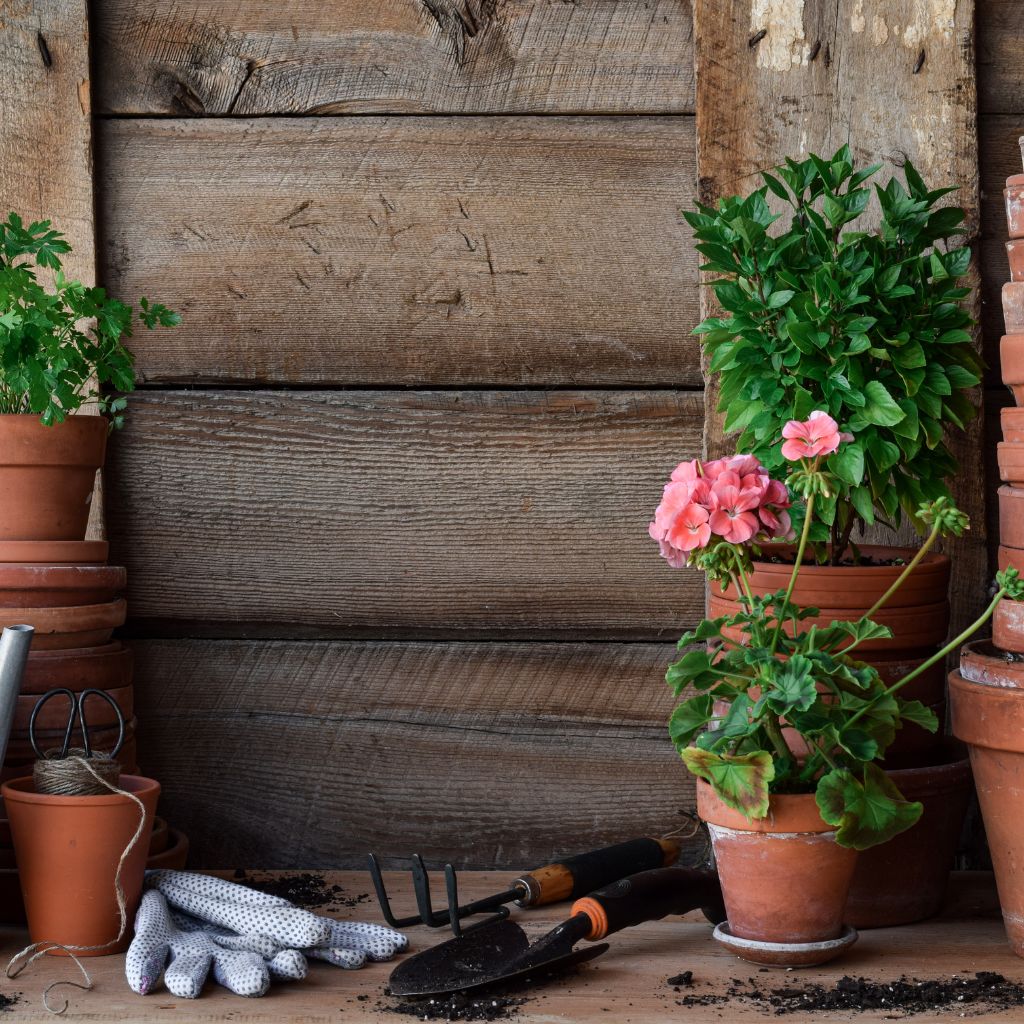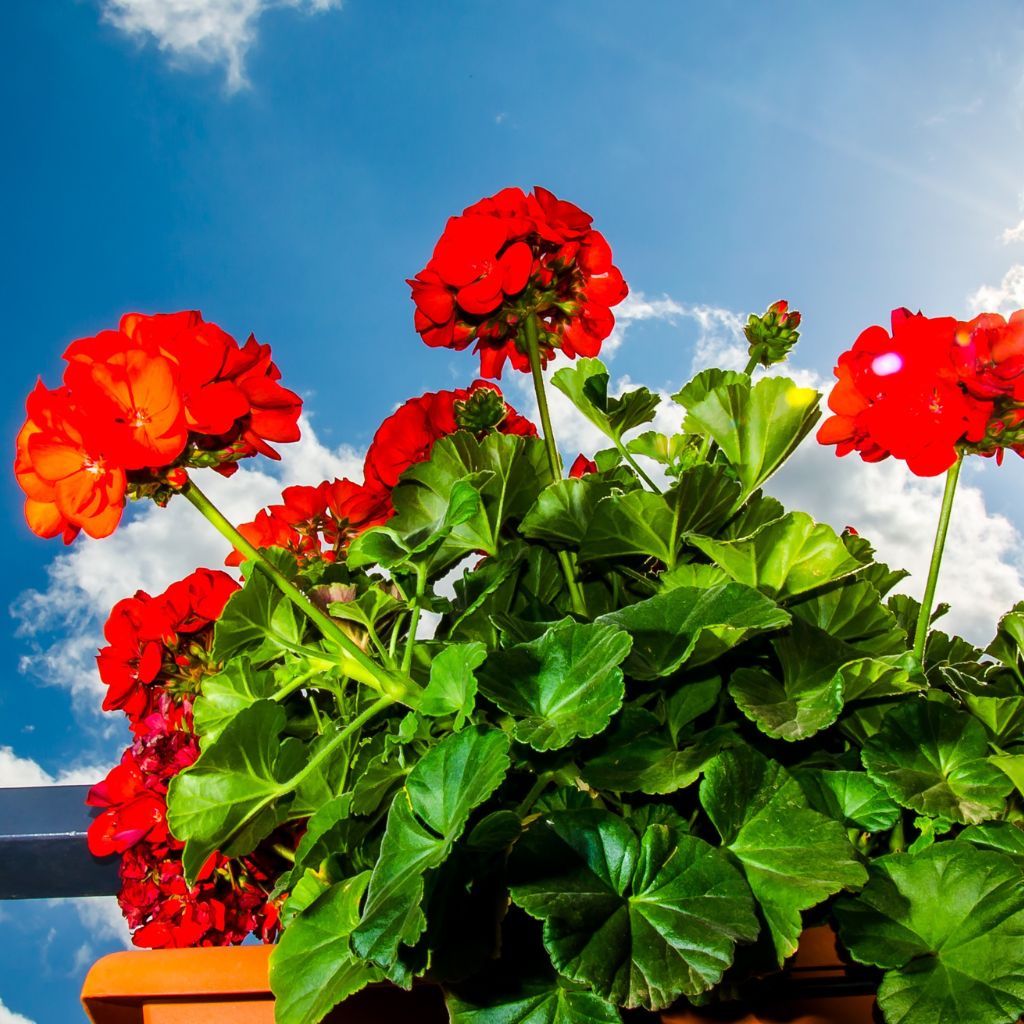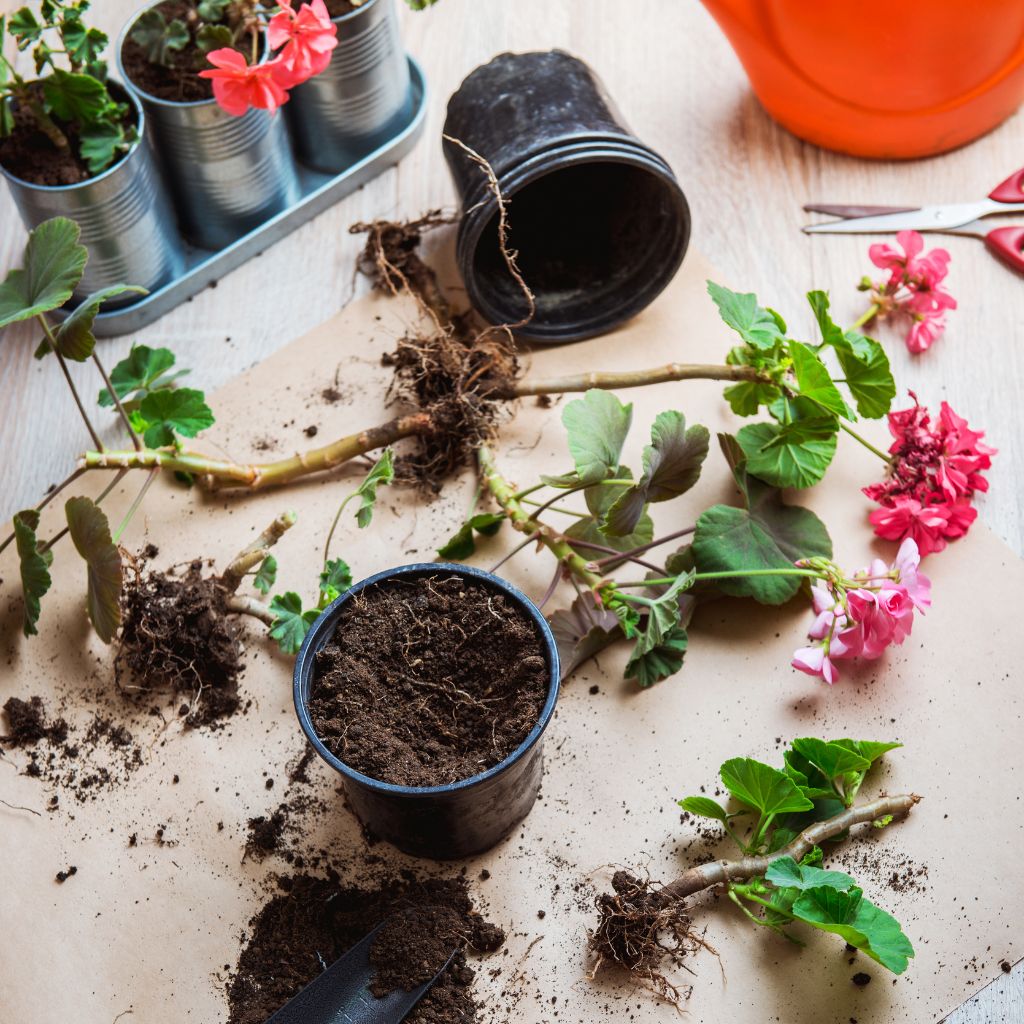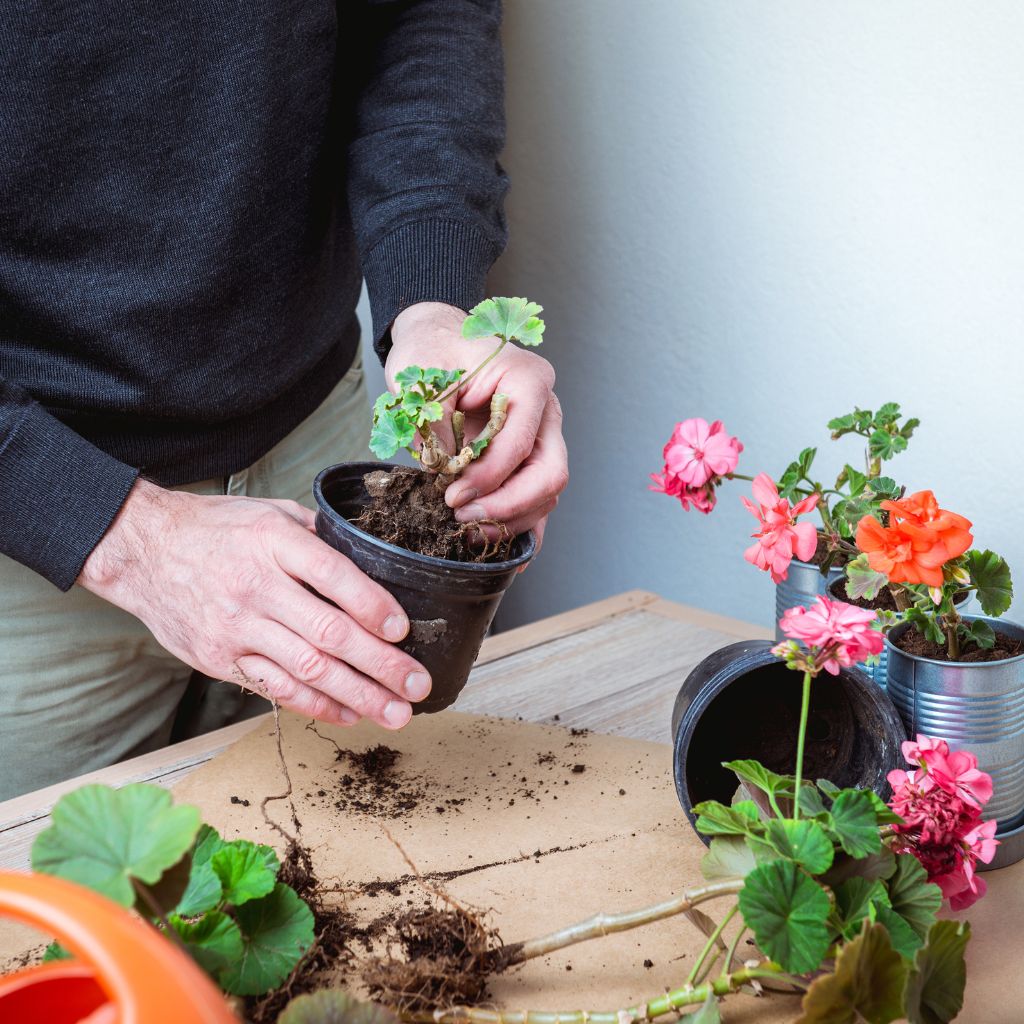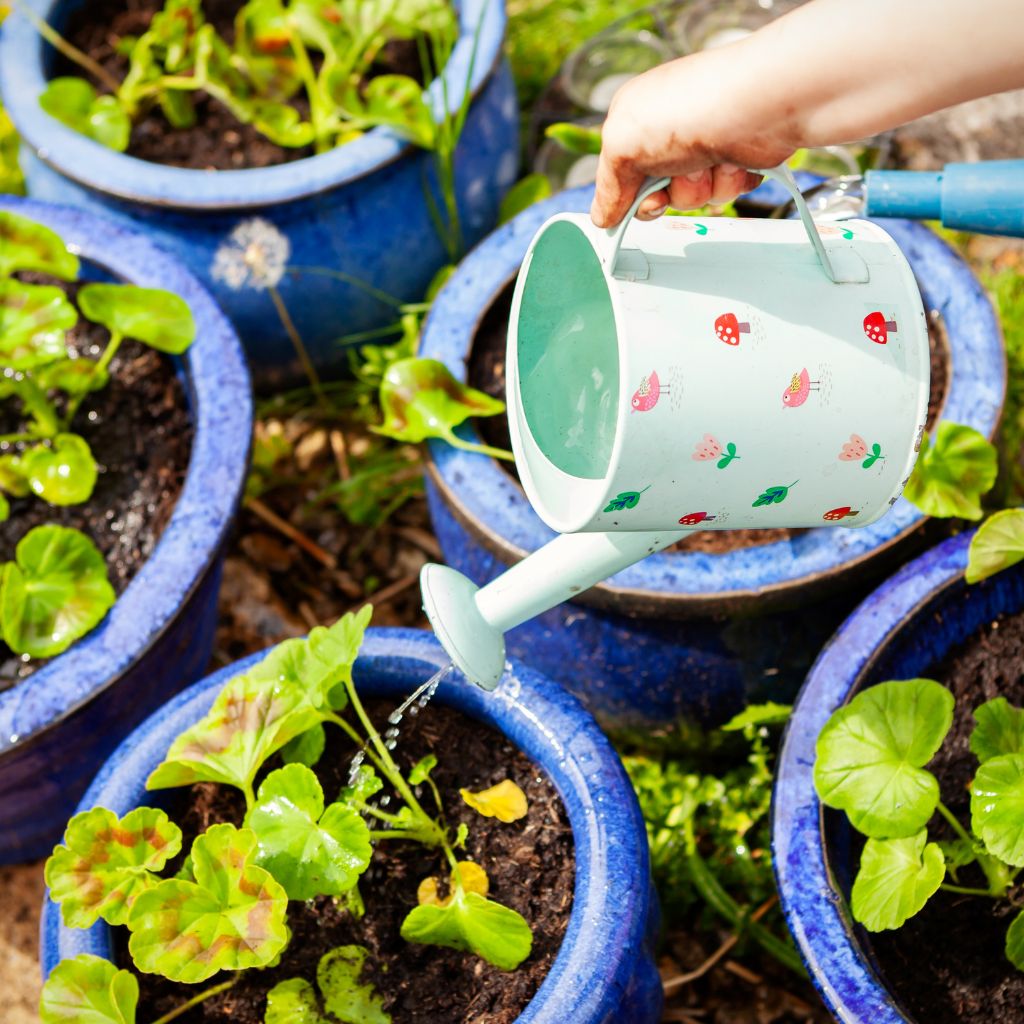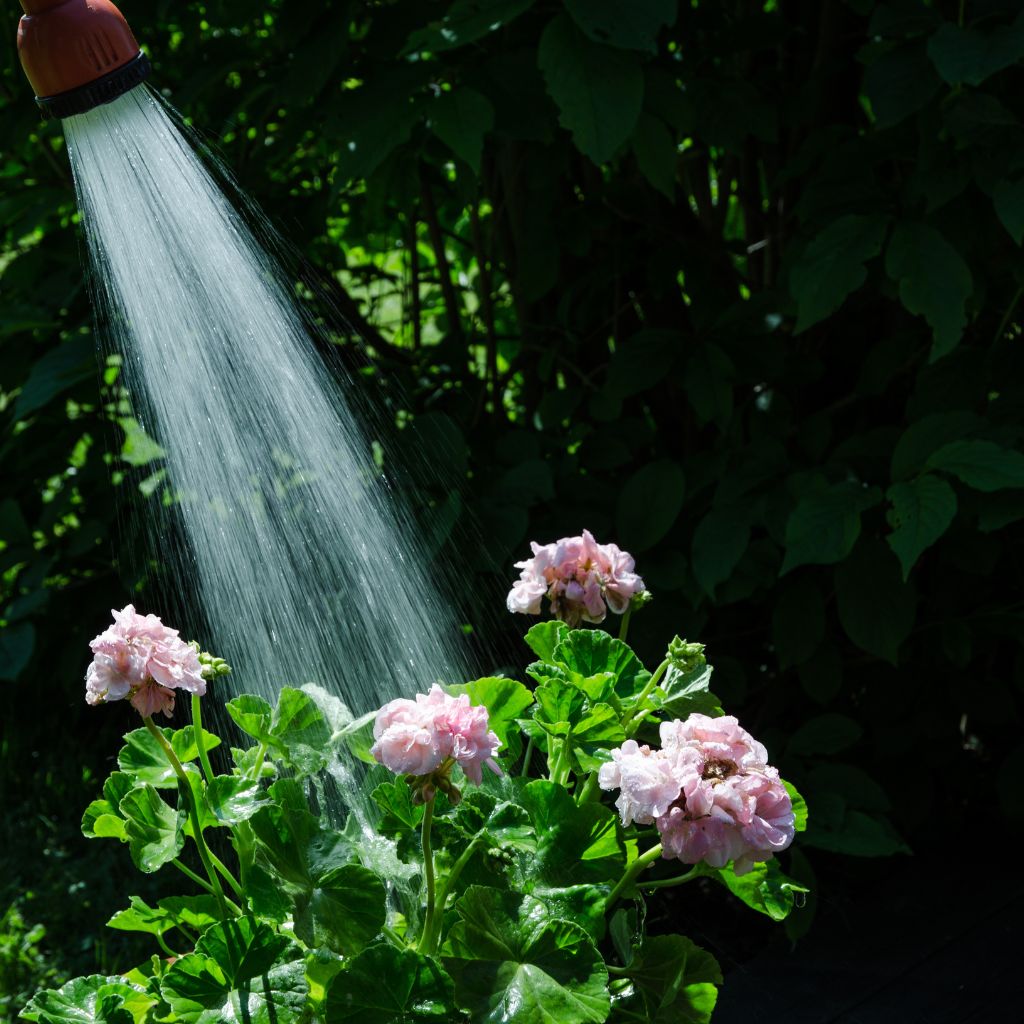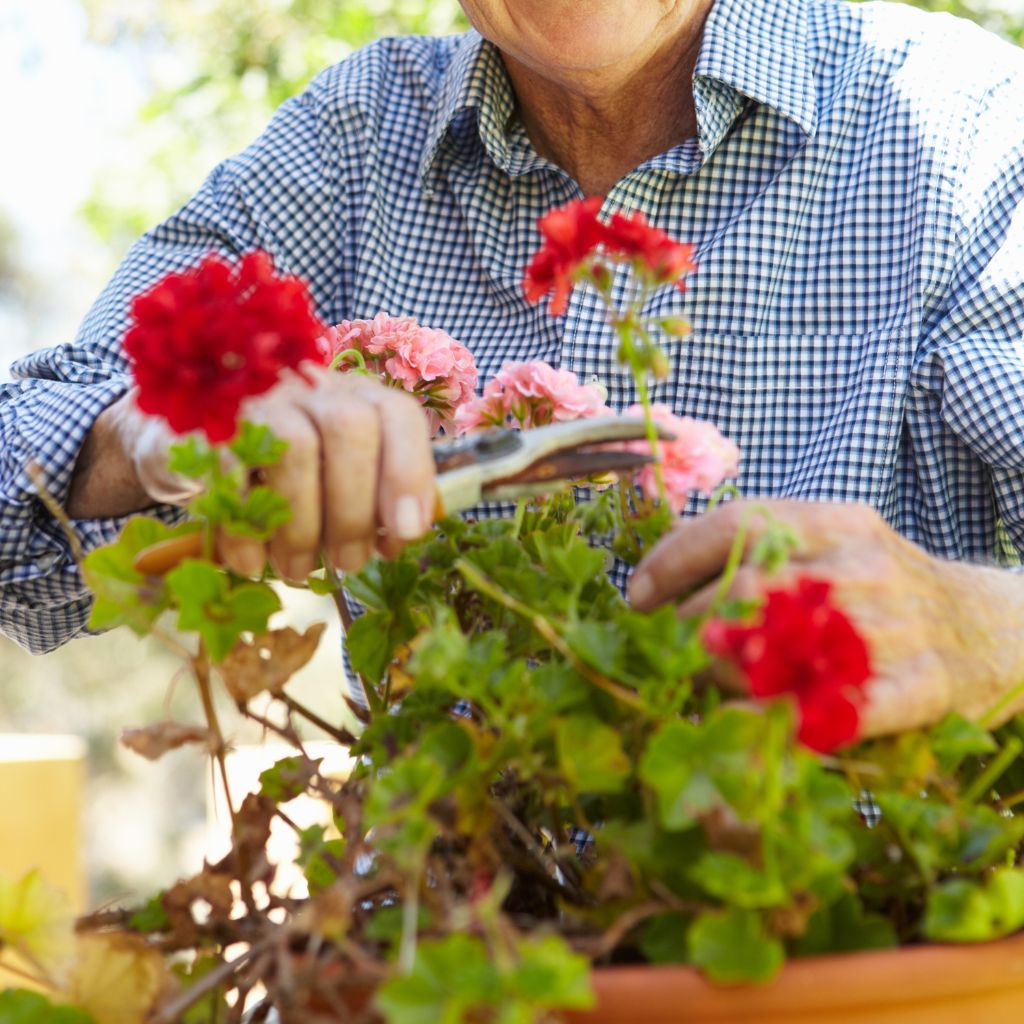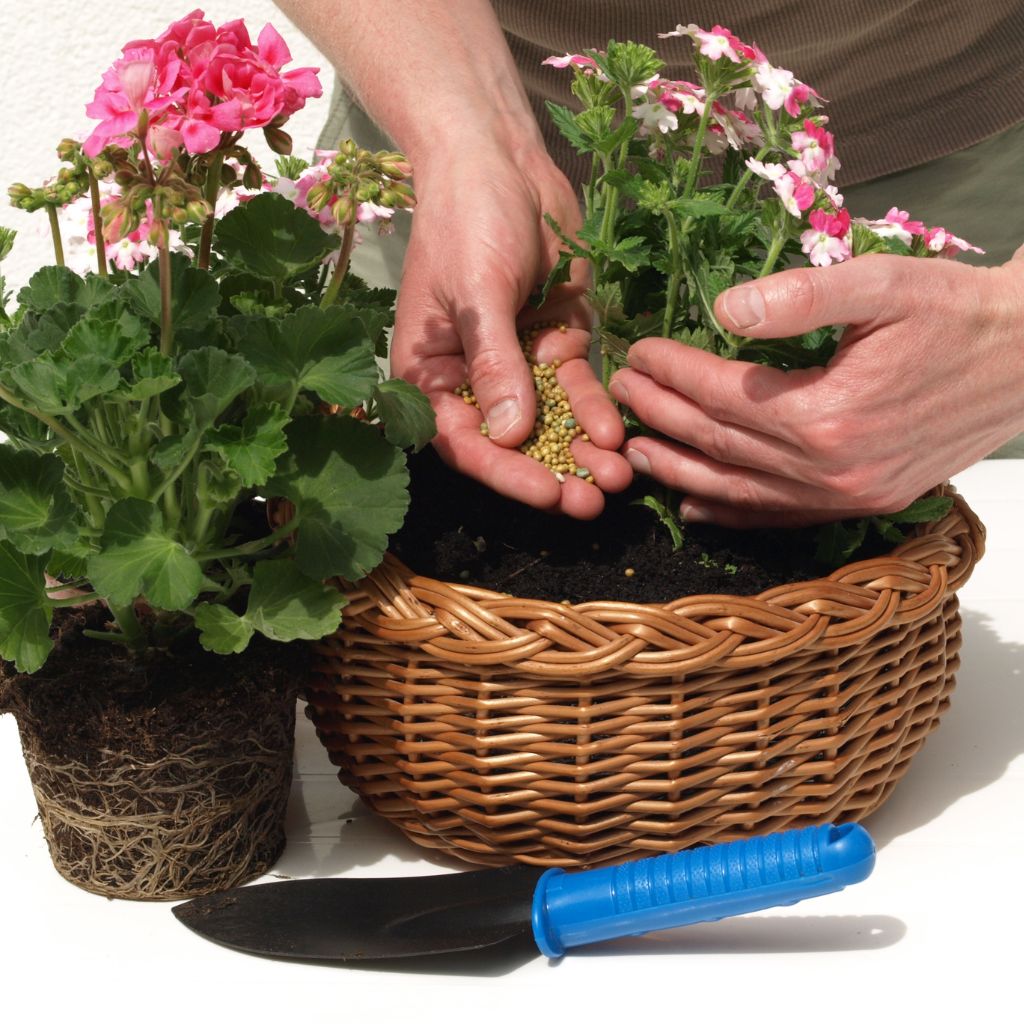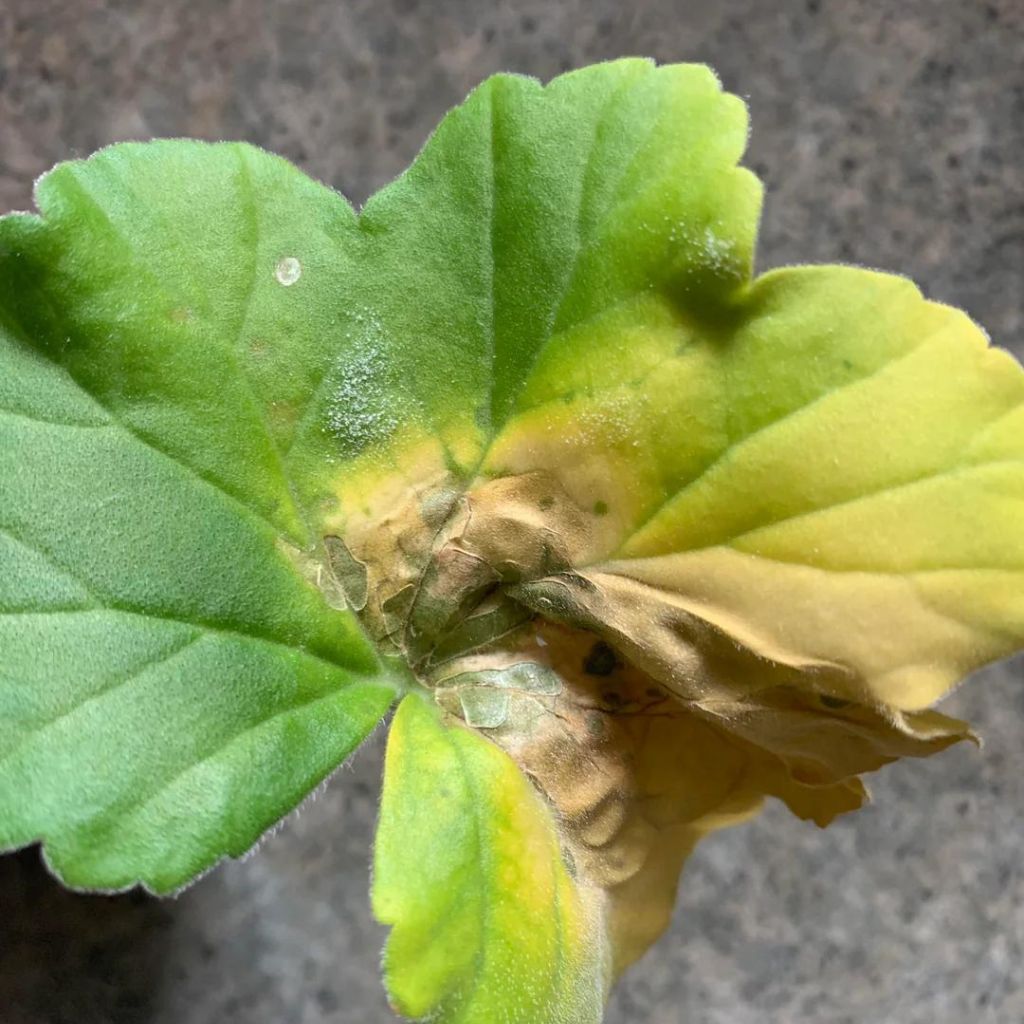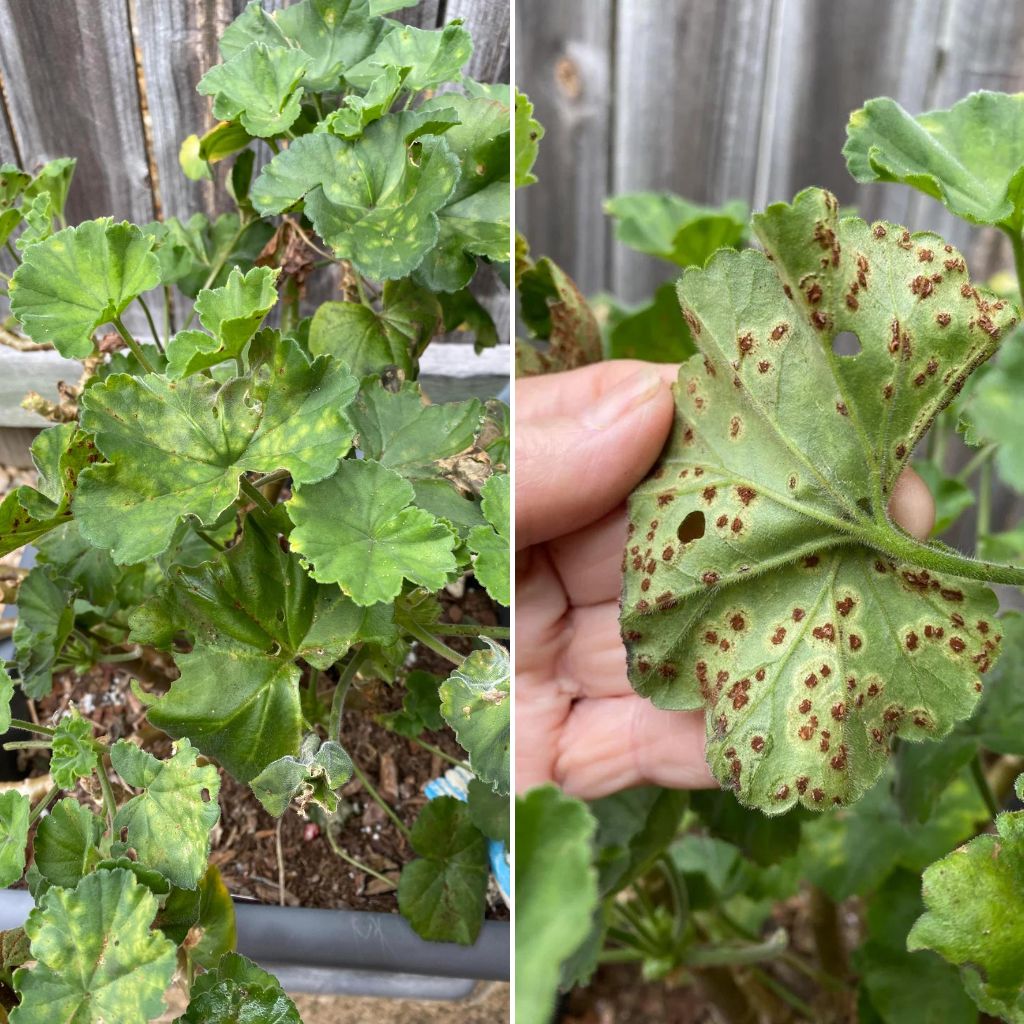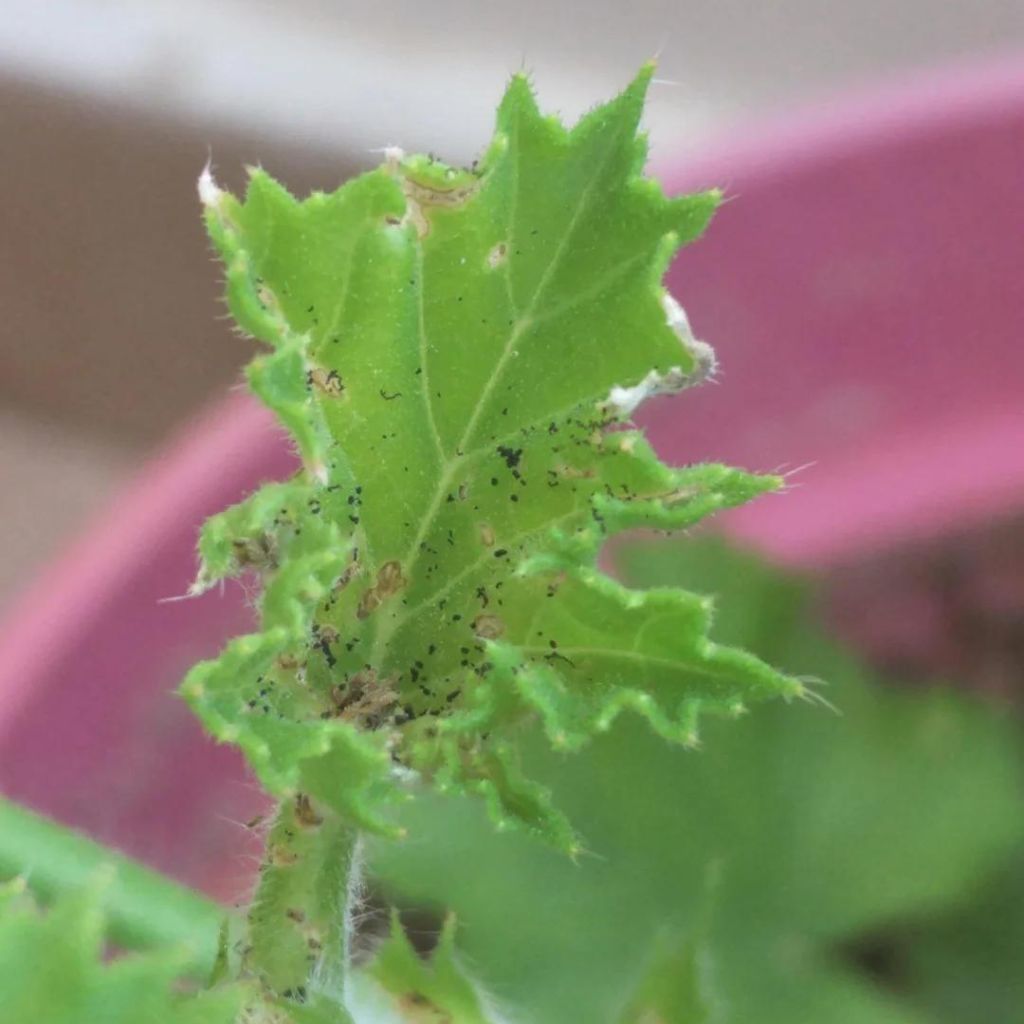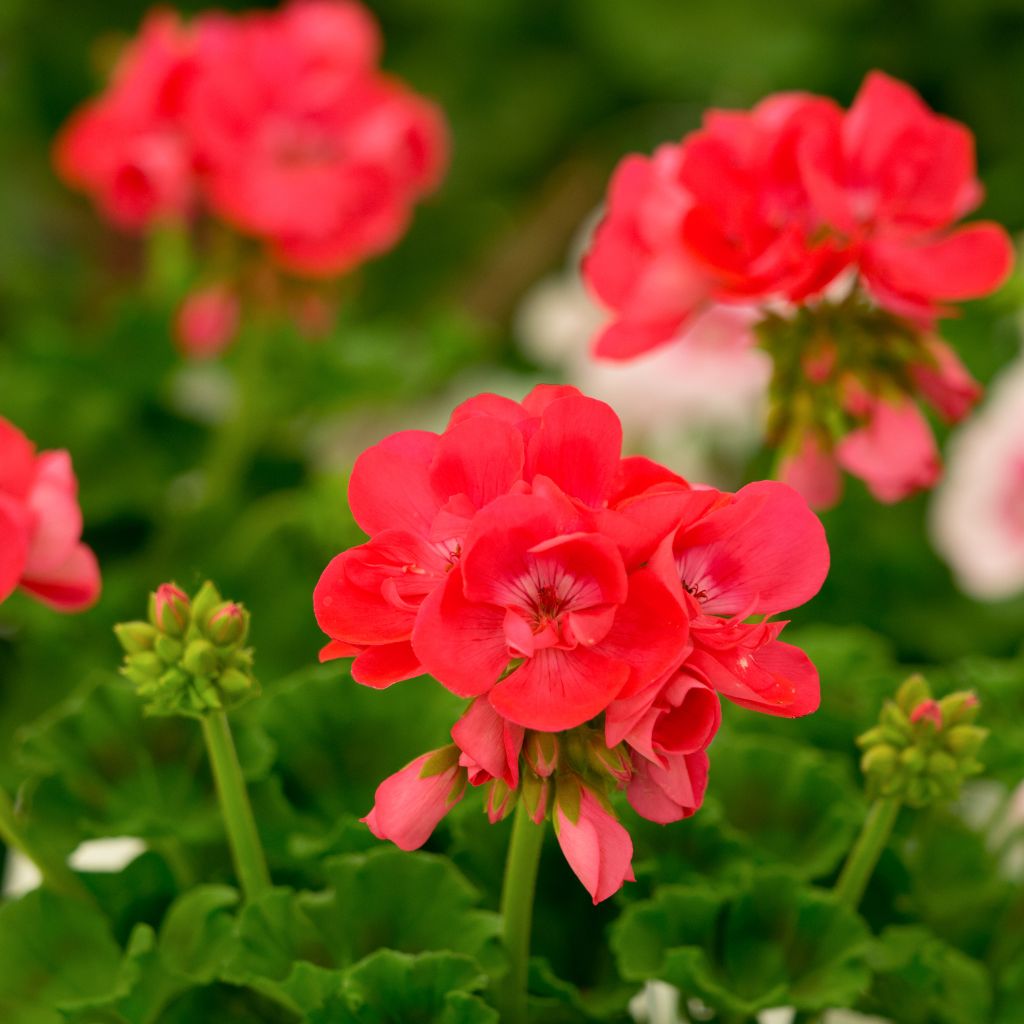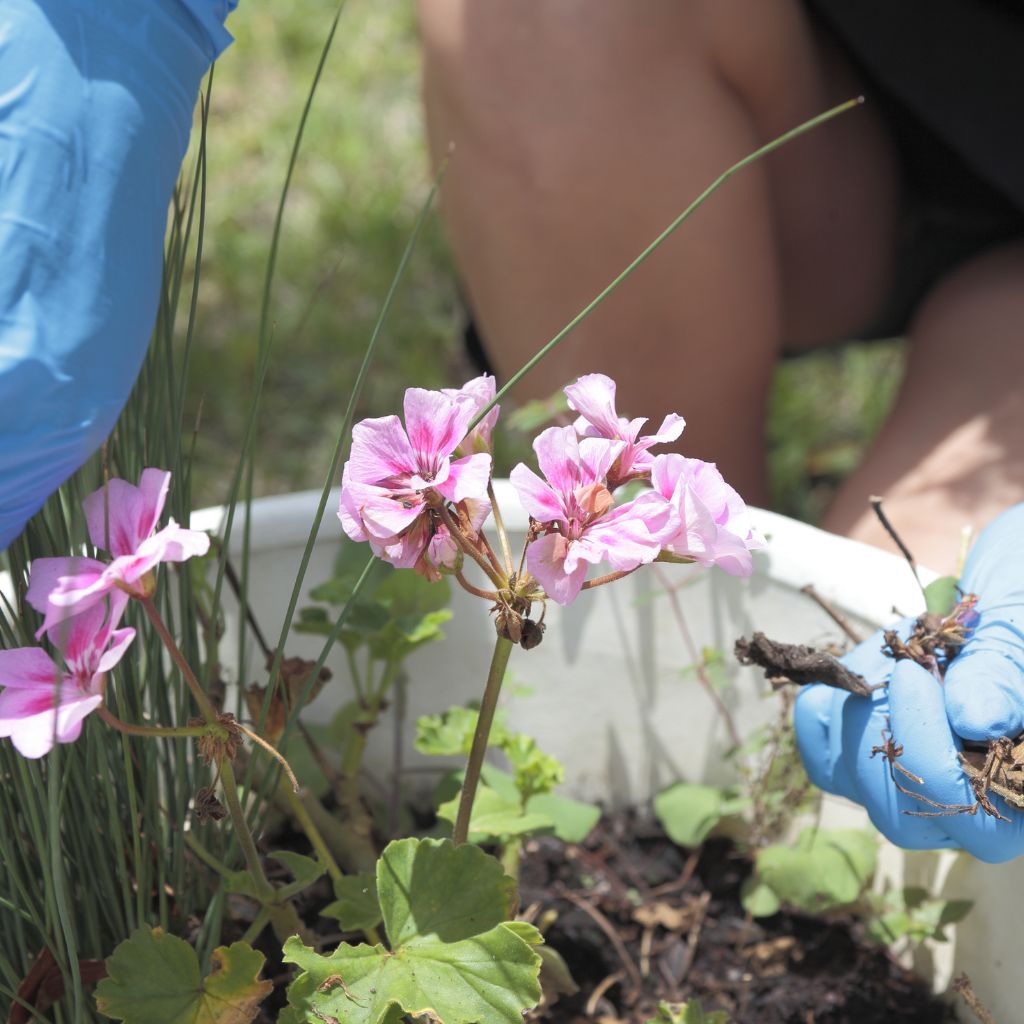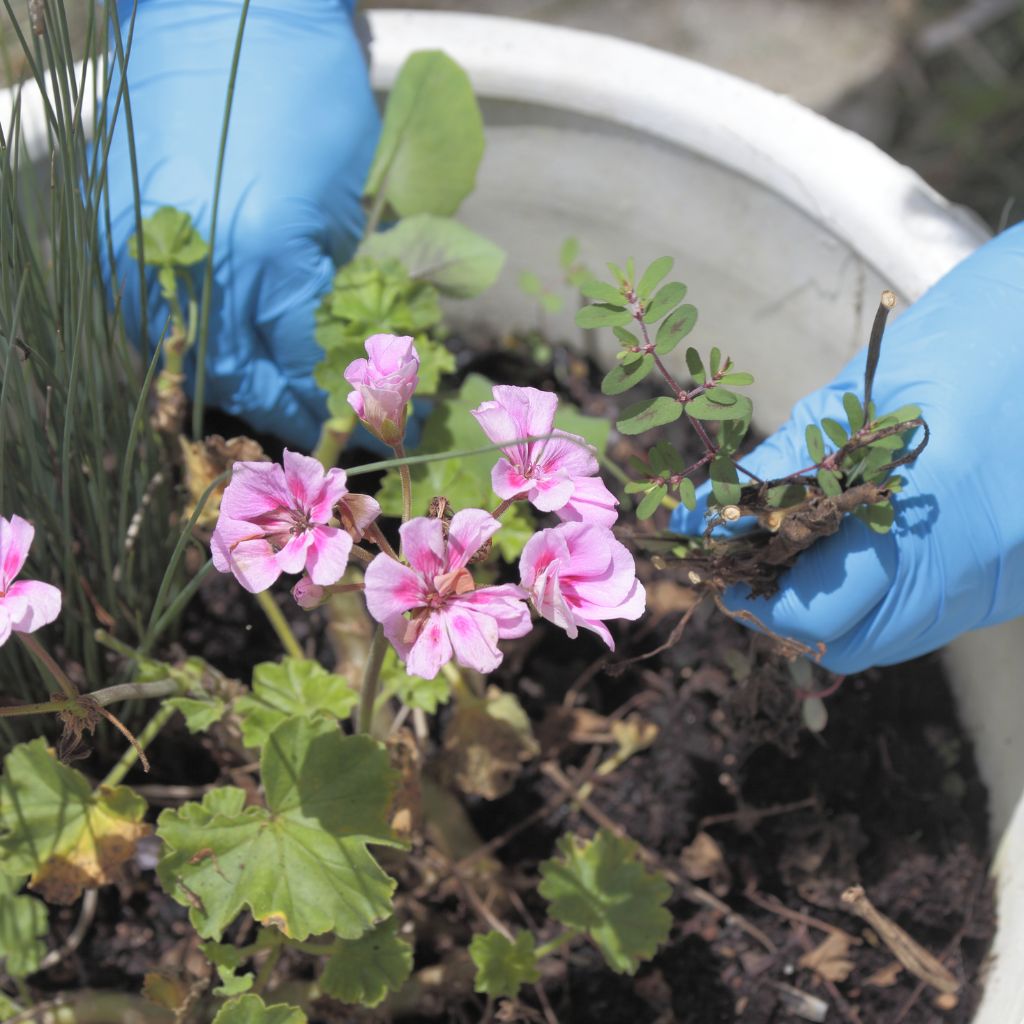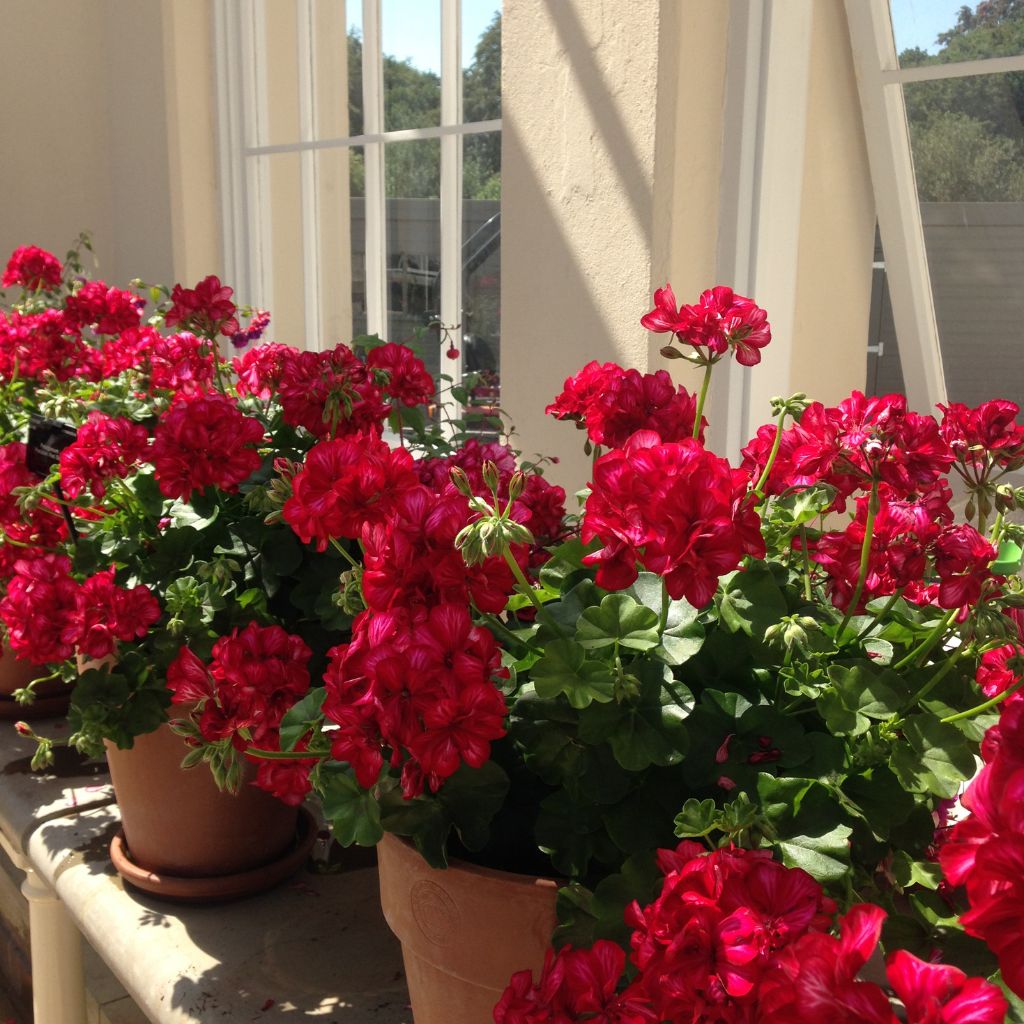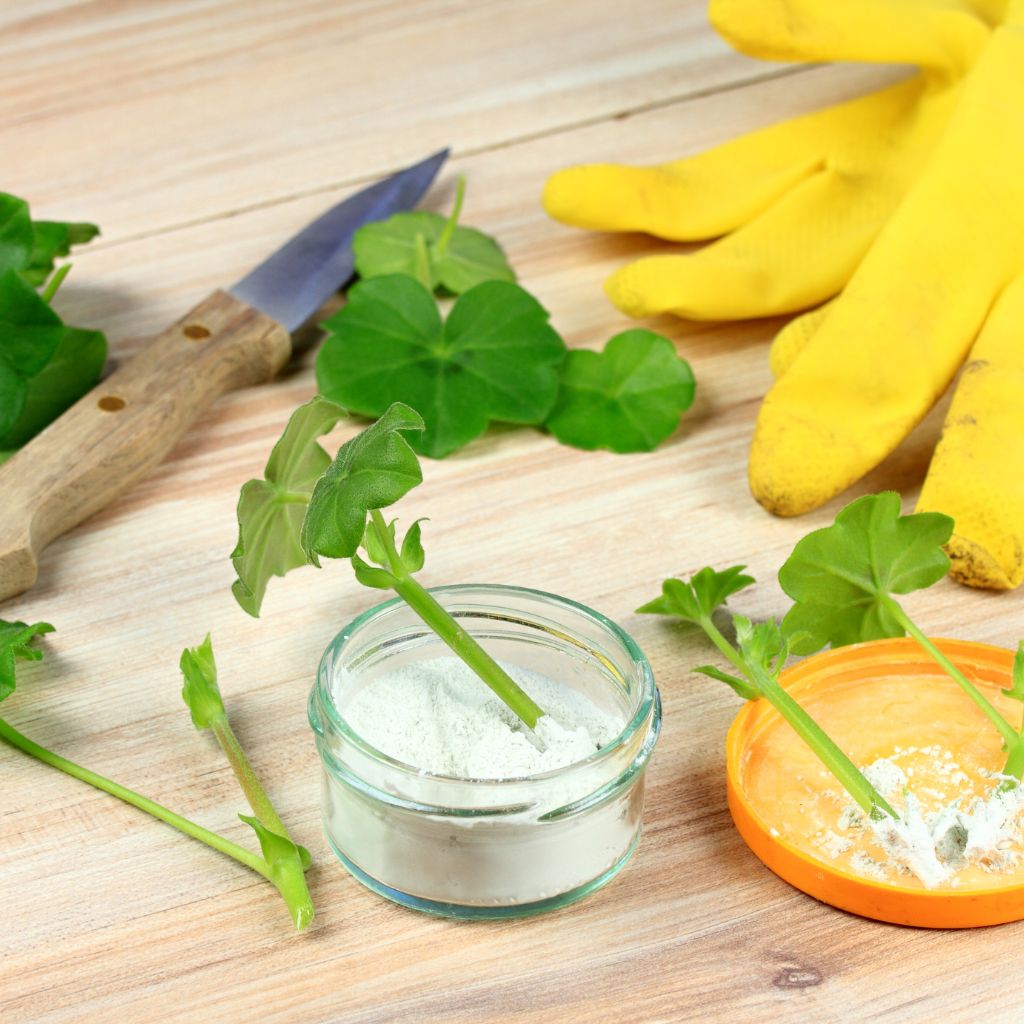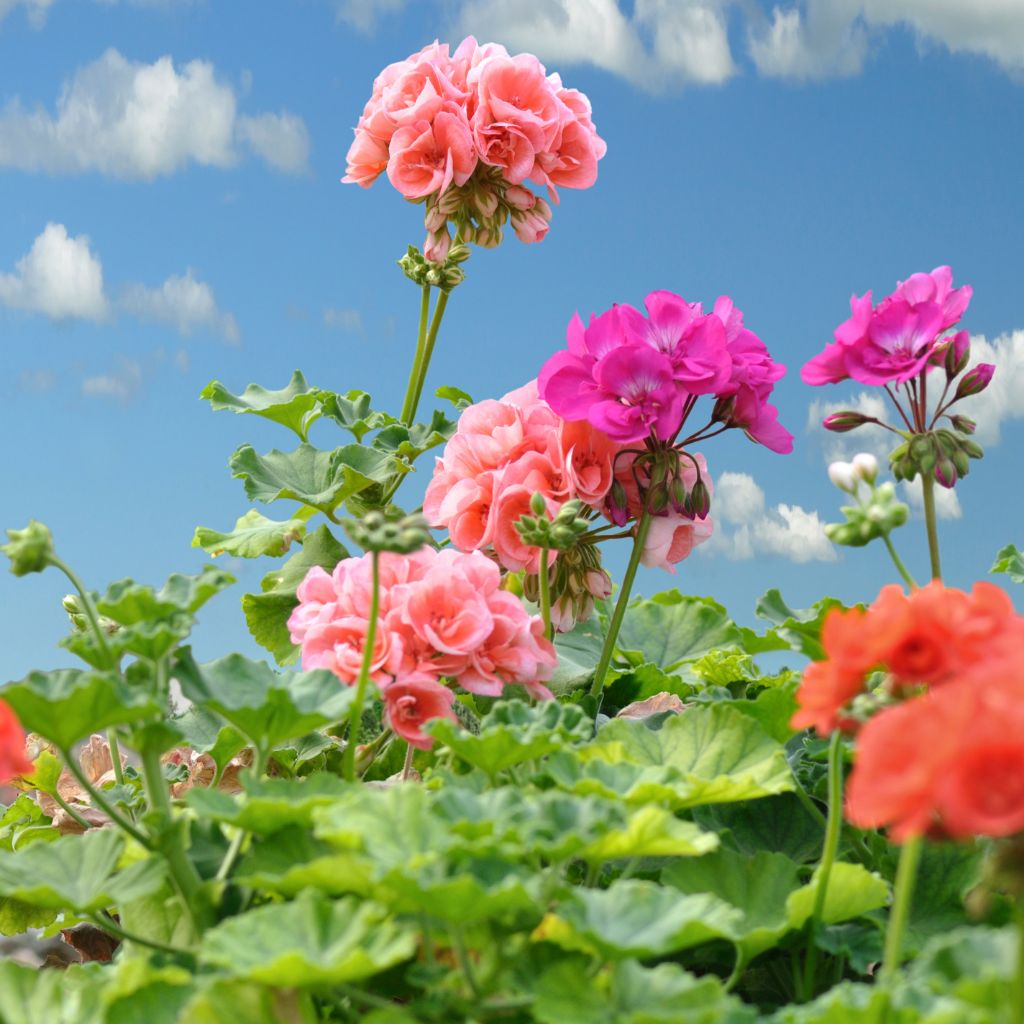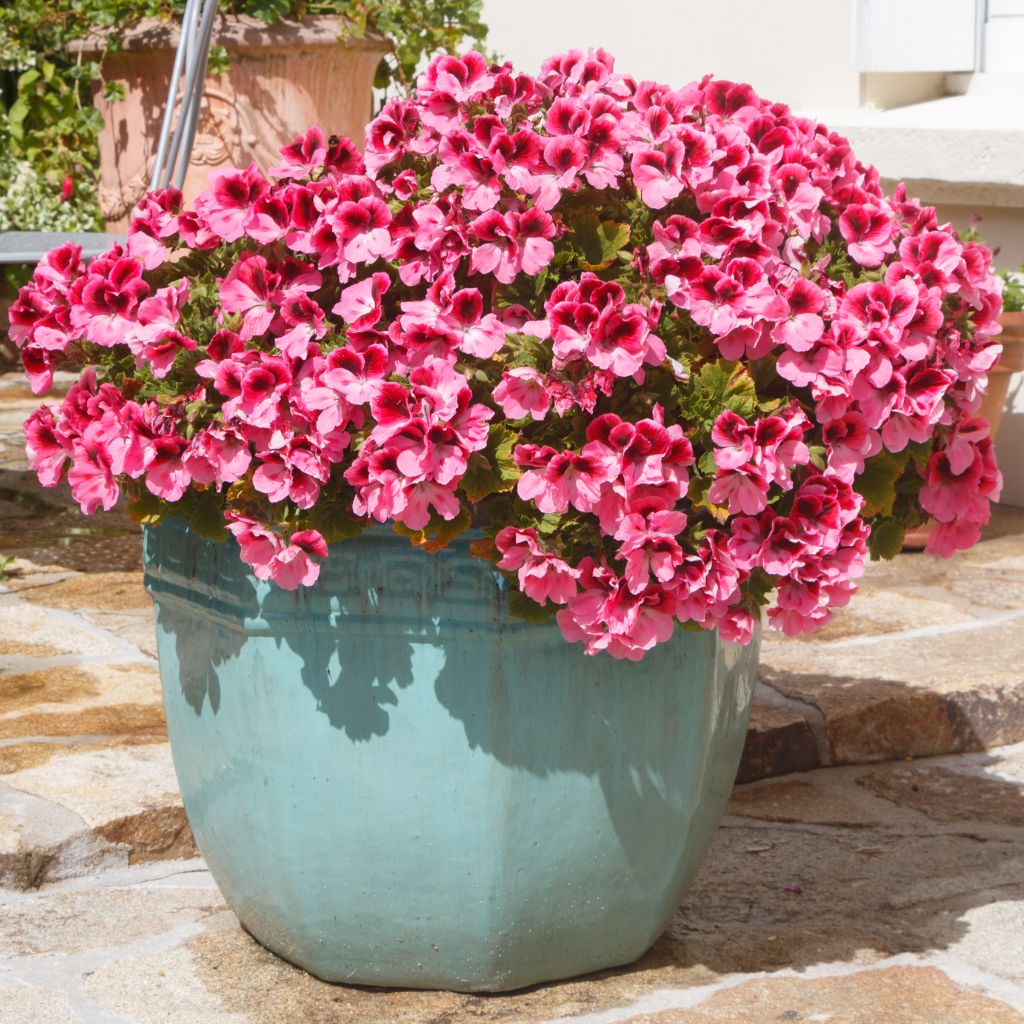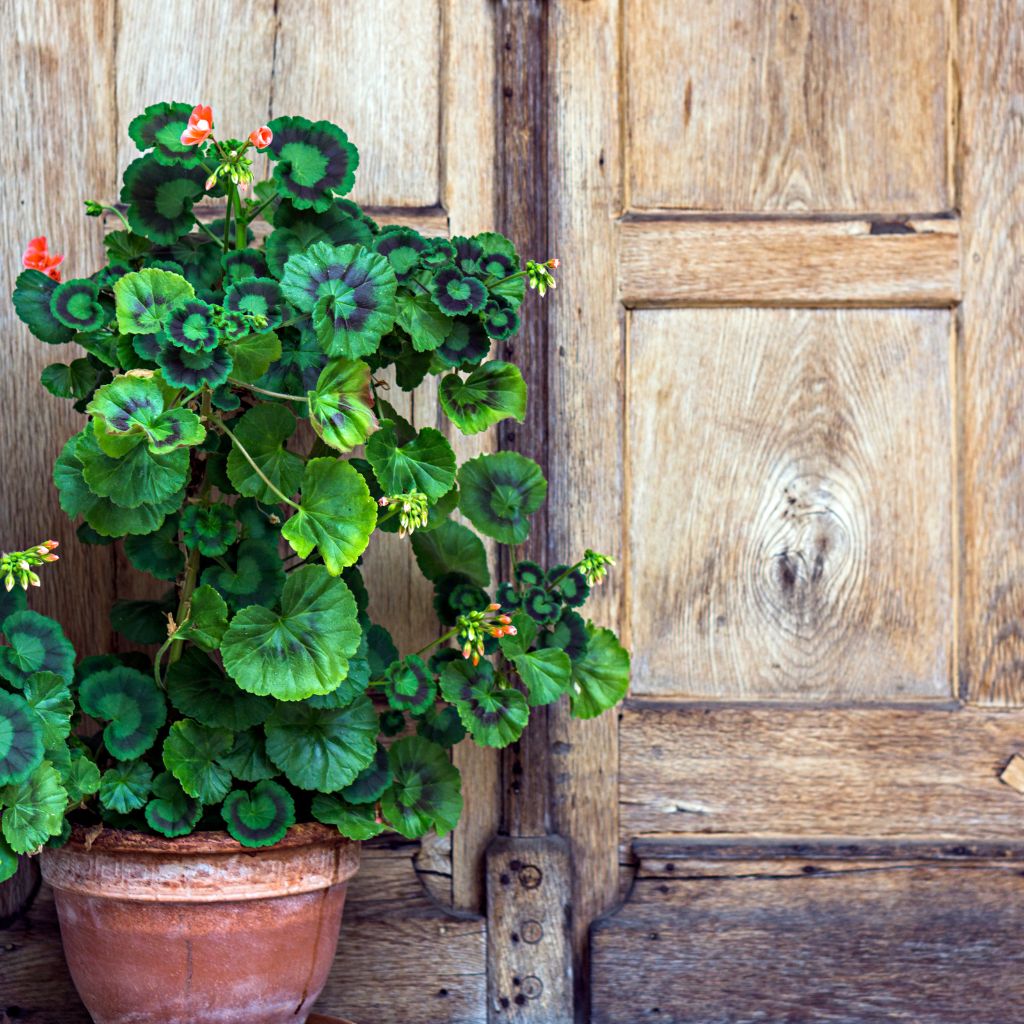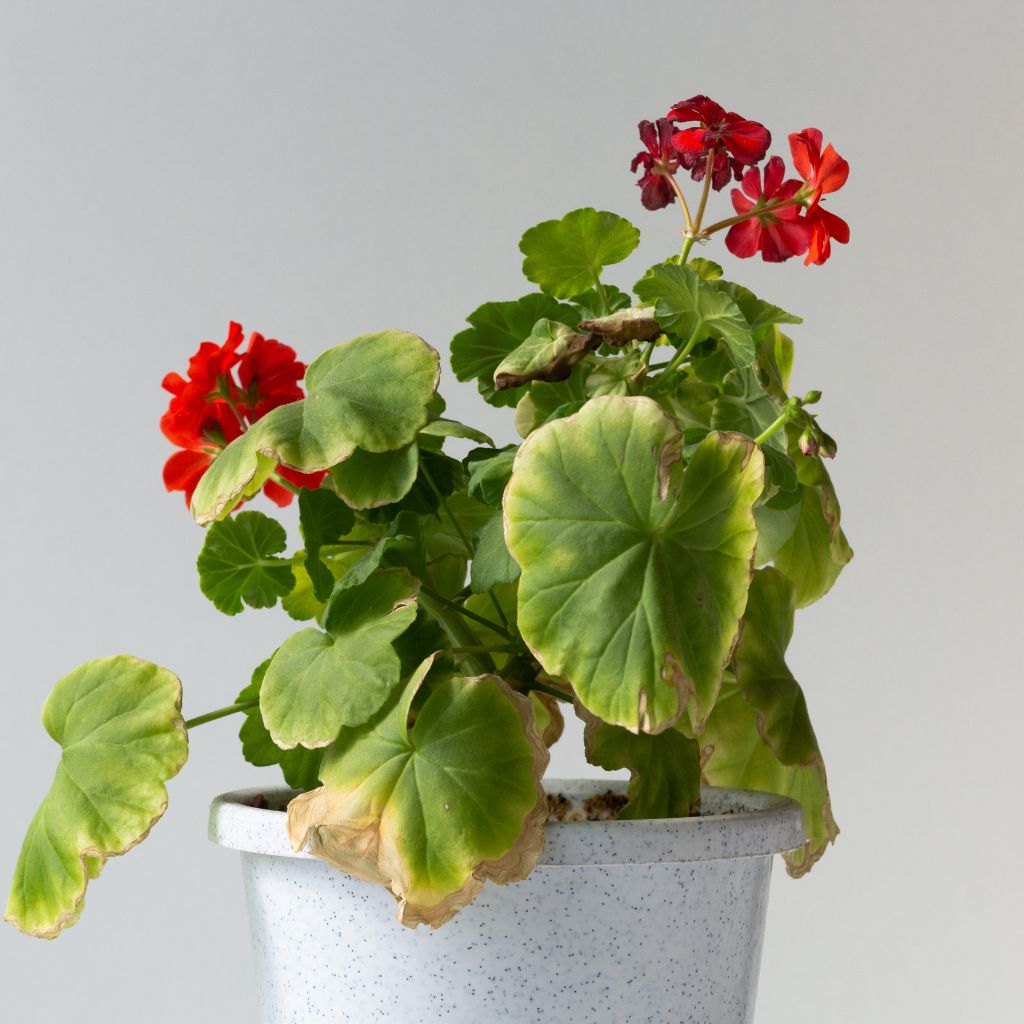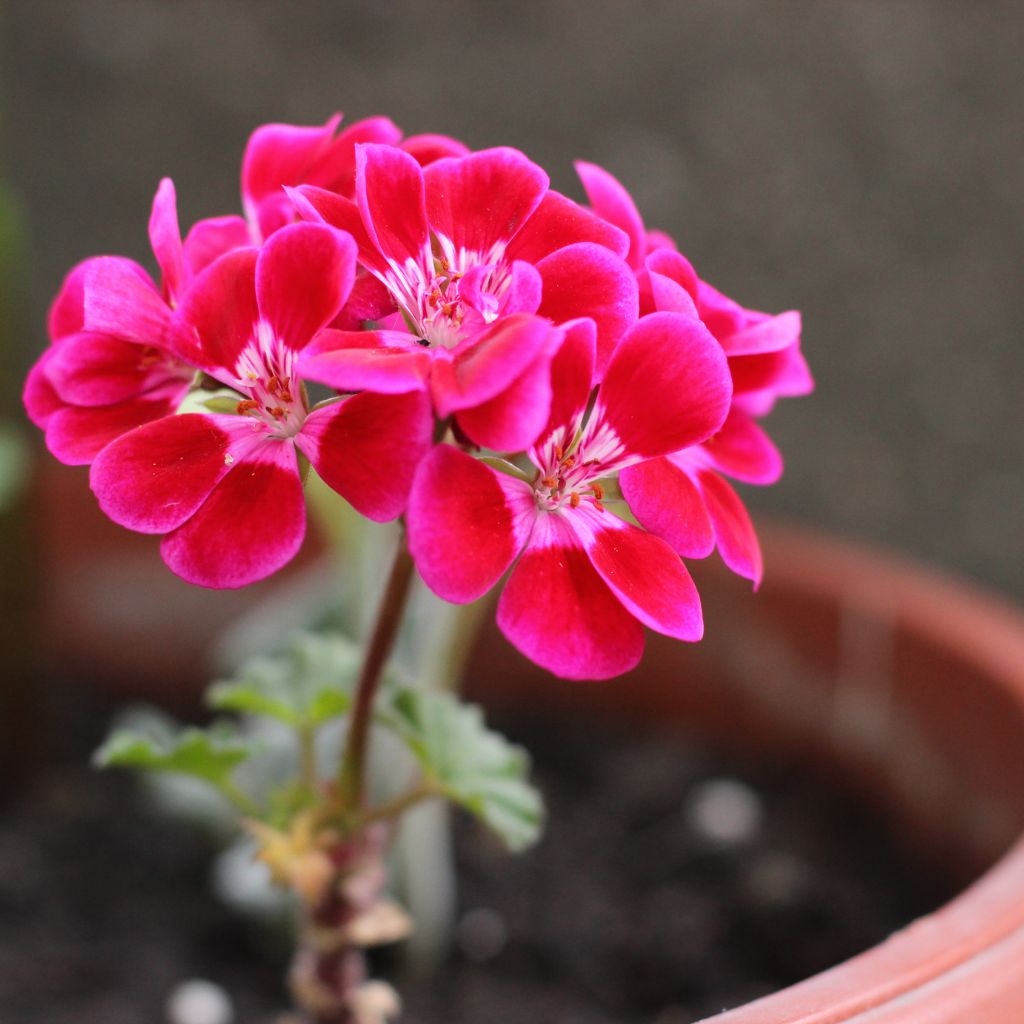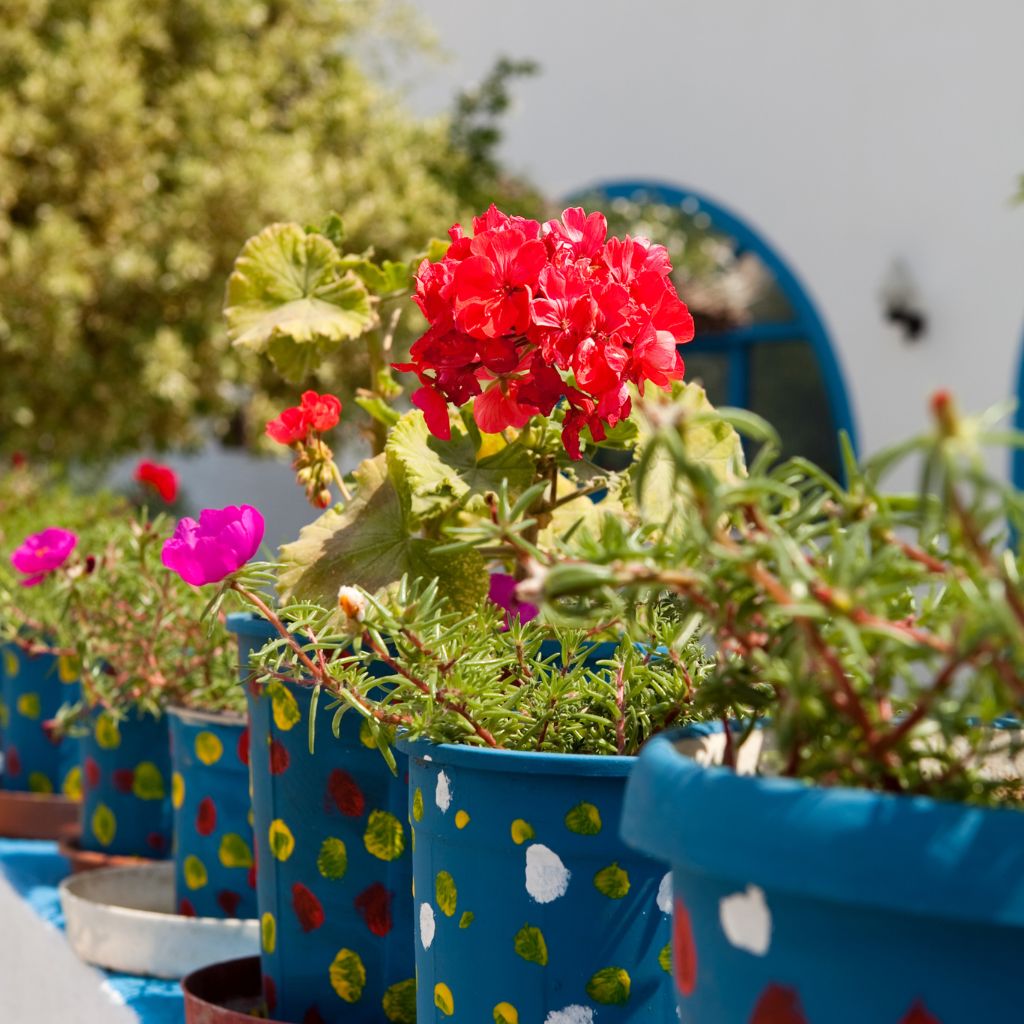Growing and caring for geraniums can be a rewarding experience that brightens up any space. With the right knowledge and a few simple steps, you can enjoy vibrant blooms and lush foliage all season long.
Geraniums come in various types, each offering unique colors and scents. You’ll want to consider factors like sunlight, watering, and soil type to ensure your plants flourish.
Are you ready to transform your garden with beautiful geraniums? Let’s dive into the essential aspects of growing and maintaining these lovely plants, and discover the joy they can bring to your home.
Geranium Basics
Geraniums are beloved for their vibrant flowers and adaptability. Learning about their history, varieties, and botanical traits can help you grow and care for them effectively.
History and Origins
Geraniums have a rich history that dates back to the southern regions of Africa. Originally, they were discovered in the Cape of Good Hope. Over time, these plants gained popularity in Europe during the 17th century, particularly in England and France.
Their resilience and stunning blooms made them favorites among gardeners. Today, they can be found worldwide, thriving in various climates. This versatility can be attributed to selective breeding and cultivation throughout history.
Popular Varieties
There are several popular varieties of geraniums, each offering unique characteristics. The most common types include:
Zonal Geraniums: Known for their rounded leaves and colorful flowers, ideal for garden beds.
Ivy Geraniums: These have trailing growth, making them perfect for hanging baskets.
Scented Geraniums: Valued for their aromatic leaves that can be used in cooking or for fragrant oils.
Each variety provides different aesthetics and growing conditions, catering to various gardening preferences. Knowing which type fits your space can enhance your gardening experience.
Botanical Characteristics
Geraniums typically have rounded leaves and come in various colors, including red, pink, and white. They thrive in well-drained soil and require full sun for optimal growth.
Leaves: Generally, leaves are five-lobed with a slightly scalloped edge.
Flowers: Flowers bloom in clusters, attracting butterflies and hummingbirds.
Roots: They have shallow roots, enabling easy potting and relocation.
Understanding these characteristics will help you create the ideal environment for your geraniums, allowing them to flourish in your garden.
Getting Started with Geraniums
Starting your journey with geraniums can be an exciting experience. Selecting the right type, gathering necessary supplies, and finding the best spots to plant them are essential steps. Let’s dive into these key areas to help you get started.
Choosing the Right Geranium
When selecting geraniums, consider the type that suits your needs. There are various species, including Zonal Geraniums, known for their vibrant blooms and bushy growth, and Ivy Geraniums, which are excellent for hanging baskets.
Look for healthy plants with vibrant leaves. Avoid any with yellowing leaves or wilting. Think about where you want to showcase them—some varieties thrive indoors, while others prefer outdoor settings.
Consider the color and growth patterns that appeal to you. Your choices can impact your garden’s overall look.
Necessary Supplies
Equipping yourself with the right supplies is crucial for successful geranium gardening. Start with potting mix that is well-draining. A mix designed for flowering plants often works well.
You’ll also need containers or pots with drainage holes to prevent water accumulation. A watering can and a pair of pruning shears will help you maintain their health as they grow.
Don’t forget about fertilizer. A balanced, water-soluble fertilizer can boost growth and flowering. Finally, gloves are essential if you prefer protecting your hands while gardening.
Ideal Planting Locations
Geraniums thrive best in locations with plenty of sunlight. Aim for at least 6 hours of direct sunlight per day.
If planting outdoors, choose a spot that offers good air circulation to prevent fungal issues. Indoors, a south-facing window is ideal as it provides ample light.
Keep in mind that geraniums prefer slightly cooler temperatures. Avoid placing them in spots with extreme heat or cold drafts. Check that the soil drains well, as geraniums do not like to sit in soggy ground.
Planting Your Geraniums
When planting geraniums, proper preparation and techniques ensure strong growth and vibrant blooms. Focus on soil quality, planting methods, and initial care to set your plants up for success.
Soil Preparation
Start with quality soil, as geraniums thrive in well-draining conditions. Aim for a soil pH of 6.0 to 7.0. Mixing in organic matter, such as compost, enhances soil fertility.
Consider using potting mix if planting in containers. This type typically offers good drainage. If planting in the ground, loosen the soil to a depth of about 12 inches to improve aeration.
Check for drainage, especially in heavy clay soils. You can create raised beds or add perlite to improve drainage. Well-draining soil prevents root rot, making it essential for healthy geraniums.
Planting Techniques
Choose a planting site that receives at least 6 hours of sunlight daily. This helps promote vigorous growth. Space your geraniums about 12 to 18 inches apart to allow for adequate airflow.
Dig a hole that’s slightly larger than the root ball. Place your geranium in the hole, ensuring the top of the root ball is level with the surrounding soil. Backfill gently, firming the soil around the base of the plant.
If planting in a pot, ensure the container has drainage holes. Fill the container with soil and press lightly. Avoid planting too deep; geraniums prefer their roots nearer to the soil surface.
Initial Watering and Care
Water your newly planted geraniums immediately after planting. Give them a thorough soaking to help settle the soil. Ensure the water reaches the roots.
For the first few weeks, monitor moisture levels closely. Water when the top inch of soil feels dry. Avoid overwatering, as this can lead to root rot.
Fertilize sparingly during this initial care phase. A balanced fertilizer can help establish strong roots. After a month, you can switch to regular feeding for ongoing growth and blooming. Remember, care leads to healthy, vibrant geraniums.
Routine Care and Maintenance
Caring for geraniums involves regular attention to watering, pruning, and fertilizing. These practices ensure healthy growth and vibrant blooms throughout the season.
Watering Schedule
Geraniums prefer a consistent watering schedule. You should water them when the top inch of soil feels dry. Typically, this means every 5 to 7 days, but it can vary based on climate and pot size.
In hot, dry conditions, they may need more frequent watering. Conversely, reduce watering during cooler months. Ensure pots have drainage holes to prevent waterlogging, which can lead to root rot. Using the right amount of water promotes healthy root development.
Pruning and Deadheading
Regular pruning keeps your geraniums bushy and encourages new growth. Aim to trim back any leggy stems and yellowing leaves. Use clean, sharp shears to make precise cuts.
Deadheading spent blooms is crucial for continuous flowering. Pinch or snip off flowers that have wilted or faded. This process not only enhances the plant’s appearance but also prevents energy loss in seed production, allowing more energy for new blooms.
Fertilizing Requirements
Fertilizing geraniums supports their growth and flowering capabilities. A balanced, water-soluble fertilizer, such as a 20-20-20 NPK, is ideal. Apply it every 4 to 6 weeks during the growing season.
Diluting the fertilizer to half strength is usually recommended to prevent over-fertilization.
Always water the plants before fertilizing to prevent root burn. In the fall, reduce fertilization as growth slows. This approach makes sure your geraniums get the nutrients they need without any excess.
Pest Management
Managing pests effectively is crucial for the health and vibrancy of your geraniums. You can employ various strategies to keep these plants thriving without losing their beauty.
Common Pests
Source: Reddit
Geraniums can attract several pests that may damage their foliage and flowers. Aphids, tiny sap-sucking insects, can be found on new growth and flower buds. They often cause leaves to curl and can lead to mold if left unchecked.
Spider mites are another issue, particularly in dry conditions. You might notice tiny webs among your plants and speckled leaves.
Whiteflies could be present if you see small, white insects fluttering around when disturbed. They feed on plant sap and can weaken your geraniums over time. Regularly inspecting your plants can help you catch these pests early.
Natural Pest Control Methods
Source: Reddit
Using natural methods can effectively manage pests while protecting beneficial insects. Introduce ladybugs or lacewings, both of which feed on aphids. You can find them at local garden stores.
Another method is to create a soap spray. Mix 1 tablespoon of mild dish soap in a quart of water. Spray this solution on the affected areas, targeting pests directly.
Essential oils, like neem oil, work well too. Dilute it as per the instructions and apply it to your geraniums to deter various pests.
Regularly removing debris and dead plant matter can prevent infestations from taking hold.
Chemical Pest Control Solutions
If natural methods don’t work, consider chemical solutions. Insecticidal soaps are often effective against soft-bodied insects like aphids and spider mites. These soaps disrupt the pests’ outer layer, causing dehydration.
Always read and follow the application instructions on the product label.
Pyrethrin, derived from chrysanthemum flowers, can also help control a range of pests. While effective, it can be harmful to beneficial insects, so use it sparingly.
Ensure you apply any chemicals during early morning or late evening to minimize harm to pollinators. Regular monitoring after treatment is vital to check for any resurgence of pests.
Disease Prevention and Treatment
Maintaining the health of your geraniums involves recognizing common diseases, implementing preventative measures, and knowing the available treatment options. Here’s what you need to keep your plants thriving and free from illness.
Common Diseases
Several diseases can affect geraniums, with the most common being:
Botrytis Blight: This fungal infection manifests as a gray mold, especially in damp conditions. It can cause wilting and although it often starts on older leaves, it can spread quickly.
Powdery Mildew: Identified by white, powdery spots on leaves, this fungal disease thrives in dry conditions with poor air circulation. It causes leaf distortion and can lead to defoliation.
Bacterial Leaf Spot: This disease creates dark, water-soaked spots on leaves, which can lead to yellowing and loss of foliage.
Prompt identification is key to minimizing damage and ensuring your geraniums stay vibrant.
Preventative Measures
Preventative care is crucial for keeping your geraniums healthy. Here are effective steps to take:
Healthy Soil: Use well-draining soil and amend it with organic matter to encourage robust root growth.
Watering Practices: Water at the base of the plant, avoiding overhead watering. This reduces moisture on the leaves and prevents fungal diseases.
Air Circulation: Space your geraniums adequately to allow for good airflow, which helps reduce humidity and inhibits fungal growth.
Regular Inspections: Check your plants regularly for signs of disease. Early detection makes treatment more manageable.
Implementing these measures can significantly reduce your risk of disease and promote strong growth.
Treatment Options
When you notice signs of disease, prompt treatment is essential. Here’s what you can do:
Fungicides: For fungal infections like Botrytis and Powdery Mildew, apply a suitable fungicide according to the package instructions. Ensure good coverage on affected areas.
Bactericides: If you identify bacterial leaf spot, consider using a bactericide to treat the foliage. Remove infected leaves to prevent further spread.
Cultural Practices: Improve air circulation and reduce humidity by trimming dense foliage. This can help control disease spread.
Homemade Remedies: For milder infections, you might try diluted hydrogen peroxide or a baking soda solution to treat the leaves.
Maintaining a vigilant approach will keep your geraniums healthy and flourishing.
Seasonal Care
Caring for geraniums throughout the seasons ensures vibrant blooms and healthy plants. Each season presents unique tasks to help your geraniums thrive.
Spring Revival
As spring arrives, it’s time to wake up your geraniums from winter dormancy. Begin by inspecting your plants for any dead leaves or stems and remove them to encourage new growth.
Consider repotting if your geraniums have outgrown their containers. Use fresh potting soil to provide essential nutrients. Fertilizing with a balanced, water-soluble fertilizer every few weeks can stimulate development and blooming.
Gradually introduce your plants to outdoor conditions. Start with a few hours of morning sun, then increase exposure to acclimate them properly. This process is crucial to prevent shock.
Summer Maintenance
During summer, providing consistent care is key to keeping your geraniums healthy. Water them regularly, ensuring the soil is moist but not waterlogged. A good rule of thumb is to water when the top inch of soil feels dry.
Fertilize every 4-6 weeks with a high-phosphorus fertilizer to encourage blooming. Deadheading spent flowers promotes further growth and maintains aesthetics.
Be vigilant about pests, such as aphids and spider mites. Inspect your plants regularly and treat any infestations promptly, using insecticidal soap or neem oil as needed.
Autumn Preparation
As temperatures begin to drop, it’s time to prepare your geraniums for the cooler months. Reduce watering as plants enter their dormant phase, allowing the soil to dry out slightly between waterings.
You may wish to take cuttings to propagate new plants for next year. Choose healthy stems, about 4-6 inches long, and place them in water or a moist potting mix until roots develop.
Consider moving potted geraniums indoors before the first frost. Make sure they are well-pruned, and inspect for pests before bringing them inside. This transition prevents shock and promotes continued blooming.
Winter Care and Indoor Overwintering
For indoor geraniums, place them in a bright area with indirect sunlight. A south-facing window is ideal. Be careful not to expose them to drafts, as this can stress the plants.
Water sparingly during winter. Geraniums need less moisture in cooler temperatures, so check the soil frequently. Only water when it feels dry about an inch down.
Continue to monitor for pests, as they can thrive in indoor environments. If you notice any issues, remove affected leaves and treat with appropriate pest control methods. With proper care, your geraniums will remain healthy until spring returns.
Propagation Techniques
You can successfully propagate geraniums through various techniques. Each method offers unique advantages and allows you to expand your garden effectively.
Seed Propagation
Starting geraniums from seeds is an economical way to grow new plants. Begin by purchasing high-quality seeds from a reliable source.
Fill seed trays with a seed-starting mix, ensuring good drainage. Moisten the mix before sowing seeds about ¼ inch deep. Cover lightly and keep the trays in a warm location, ideally between 65-75°F (18-24°C).
Provide consistent moisture but avoid overwatering, which can lead to rot. When seedlings have two true leaves, you can move them to larger pots. Gradually acclimate them to outdoor conditions before transplanting into your garden.
Cuttings
Taking cuttings is a popular method for geranium propagation. Choose healthy stems from a mature plant, ideally during the spring or early summer.
Using sharp, sterilized scissors, cut a 4-6 inch stem just below a node. Remove the lower leaves, leaving a few at the top. You can dip the cut end in rooting hormone to promote faster root development.
Place the cutting in a small pot filled with a well-draining mixture. Keep the soil moist and cover the pot with a plastic bag or dome to maintain humidity. Roots should develop within 2-3 weeks, after which you can transplant the new plant into a larger container or your garden.
Division
Division is a straightforward technique for established geraniums, particularly hardy varieties. This method works best in early spring or fall.
Start by carefully removing the geranium from its pot or the garden. Gently separate the root ball into smaller sections using your hands or a sharp tool. Each division should have a healthy root system and at least one stem.
Replant each division immediately in new pots or directly in the garden. Water them thoroughly and maintain moisture until they establish. This method not only expands your plant collection but can also rejuvenate older plants.
Landscaping with Geraniums
Geraniums are vibrant plants that can enhance your garden through thoughtful landscaping. Their diverse colors and forms work well in various settings like borders, containers, and hanging baskets.
Design Principles
When incorporating geraniums into your landscape, consider their growth habits and colors. Use taller varieties in the back of borders and shorter types in the foreground.
Color Coordination: Pair geraniums with complementary flowers like marigolds or petunias. This combination creates a harmonious color palette.
Spacing: Ensure proper spacing (12-18 inches apart) for air circulation and healthy growth. This prevents overcrowding and promotes vibrant blooms.
Companion Planting
Geraniums thrive alongside certain plants. For example, they pair well with:
Lavender: Both enjoy similar sunlight and watering needs.
Snapdragons: Their height contrasts nicely with the shorter geraniums.
Coneflowers: Attracts pollinators and offers diverse textures.
Avoid planting geraniums near plants that require excessive moisture, as this can lead to root rot. Make informed choices for a thriving garden.
Container and Hanging Basket Ideas
Geraniums are fantastic for containers and hanging baskets. Choose pots with drainage holes to prevent water accumulation.
Ideal Combinations:
For Containers: Combine geraniums with trailing varieties like ivy or petunias to create a lush look.
For Hanging Baskets: Use upright geraniums with cascading plants to add depth and movement.
Maintenance: Regular deadheading encourages blooming. Ensure baskets receive partial sunlight to avoid scorching leaves.
Experiment with different styles to enhance your outdoor spaces!
Troubleshooting Common Problems
When caring for geraniums, you may encounter several common issues. Knowing how to identify and address these problems will help you maintain healthy plants and beautiful blooms.
Yellowing Leaves
Yellowing leaves can signal several issues. Overwatering is a frequent cause, leading to root rot. Make sure the pot has good drainage and water only when the top inch of soil feels dry.
Nutrient deficiencies, particularly nitrogen, can also result in yellow leaves. Consider using a balanced fertilizer every four to six weeks during the growing season to provide essential nutrients.
Pests like aphids or spider mites may stress your geraniums, causing their leaves to yellow. Inspect your plants regularly, and if you see insects, treat them with insecticidal soap or neem oil.
Stunted Growth
If your geraniums aren’t growing as expected, check for light requirements. They thrive in full sun, needing at least six hours of direct sunlight daily. If they aren’t receiving enough light, consider moving them to a sunnier location.
Poor soil quality can stunt growth as well. Ensure you’re using well-draining potting mix rich in organic matter. A soil test can also reveal pH imbalances that might be affecting growth.
Finally, container size matters. If your geranium roots are root-bound, consider repotting them into a larger container. This gives roots space to develop, encouraging healthy growth.
Bloom-Related Issues
If your geraniums are not blooming, it could be due to insufficient light. Ensure they receive ample sunlight, as inadequate light can prevent flowering.
Another factor might be watering habits. While consistent moisture is important, too much or too little water can impact blooms. Water when the soil feels dry to the touch, but avoid soggy conditions.
Fertilization can also affect blooming. Use a fertilizer high in phosphorus, which promotes flowering. Apply a diluted solution every 4-6 weeks during the blooming phase for best results.
Harvesting and Utilizing Geraniums
Harvesting geraniums can enhance your gardening experience, allowing you to enjoy their beauty and benefits beyond the garden. Focus on properly collecting flowers and leaves, extracting oils, and preserving them for later use.
Harvesting Flowers and Leaves
When harvesting geranium flowers and leaves, choose a dry day to ensure they are free from moisture. Use clean, sharp scissors to cut the stems, taking care to leave at least one-third of the plant intact for continued growth.
Pick flowers in the morning when they are most vibrant. Leaves can be harvested at any time, but younger leaves usually have a fresher aroma. You can store fresh leaves and flowers in a plastic bag in the refrigerator for short-term use.
Geranium Oils and Fragrances
Geranium oils are famous for their aromatic properties and are often used in aromatherapy and perfume making. To extract oil, you can utilize steam distillation or cold pressing. Both methods maintain the essential oils’ properties.
If you prefer a simpler approach, fill a jar with fresh geranium leaves and flowers, then cover them with a carrier oil, such as jojoba or olive oil. Let it sit in a warm, sunny location for two weeks. Strain the oil to use in skincare or as a fragrant addition to your home.
Drying and Preserving
To preserve geraniums for later use, drying is one of the best methods. Tie together small bunches of stems and hang them upside down in a cool, dark, and dry area. This method retains the flowers’ color and fragrance.
Once fully dried, store them in airtight containers away from light. You can also crumble dried leaves into a jar for use in potpourri or sachets. This way, you can enjoy the lovely scent and visuals of geraniums year-round.
By following the tips in this guide, you can create a flourishing environment for your geraniums that will impress you and your guests alike.
